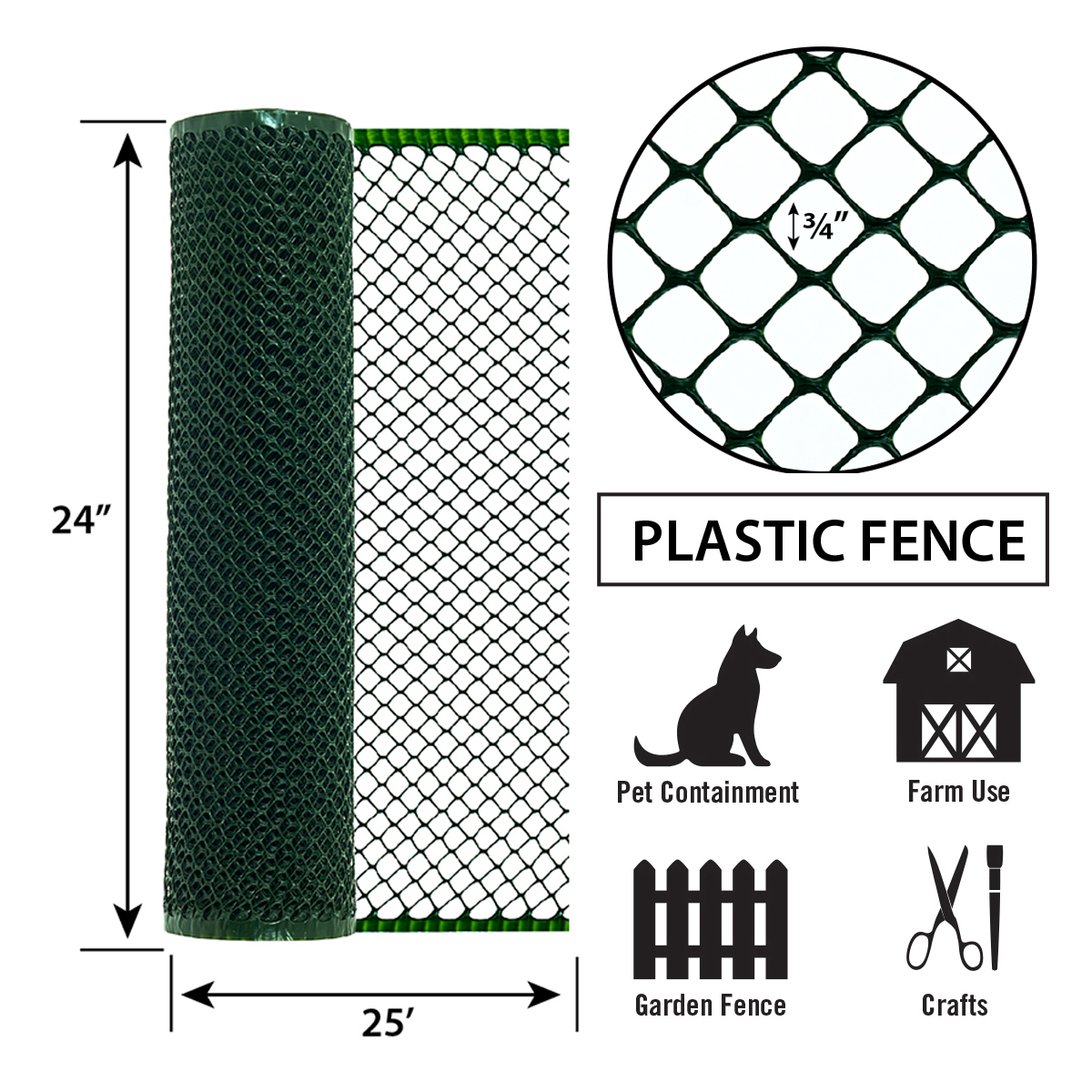Exploring the Top Choices for Framing Nails in Construction Projects and Their Benefits
Jul . 28, 2024 18:32
The Most Common Framing Nail A Key Tool in Construction
When it comes to construction and woodworking, nails are fundamental components that hold structures together. Among the variety of nails available, framing nails are among the most important. These sturdy fasteners are specifically designed for heavy-duty work, such as framing walls, installing roof trusses, and building decks. Understanding the characteristics and types of framing nails can significantly improve the quality and efficiency of any construction project.
Understanding Framing Nails
Framing nails are typically thicker and longer than standard finishing nails, allowing them to provide greater holding power in structural applications. They are usually made from steel and often have a galvanized coating to resist rust and corrosion, especially when used in outdoor environments or in areas with humidity. In contrast to other types of nails, framing nails are designed to be driven through thick materials like plywood and lumber without bending or breaking.
Types of Framing Nails
There are several types of framing nails, categorized primarily by their size and shank type. The most common framing nails are
1. Common Nails These are the most basic type of framing nails, with a large head and a smooth shank. They are typically used for fastening wood together in framing applications. Common nails are available in various lengths, typically ranging from 1.5 to 4 inches.
most common framing nail

2. Box Nails These nails are similar to common nails but are smaller in diameter, making them less likely to split the wood. Box nails are ideal for lighter framing work and are often used in constructing boxed assemblies, such as frames for doors and windows.
3. Sinker Nails Sinkers are designed with a thinner shank and a larger head, allowing them to be driven deep into the wood. These nails are often used in situations where a hidden or flush finish is required. They are also easier to drive in with a hammer due to their design.
4. Framing Nail Guns While traditional hammers are still widely used, many professionals now utilize framing nail guns for speed and efficiency. These pneumatic tools drive multiple nails quickly, reducing labor time while providing consistent results. Framing nail guns often accept special collated nails, which are fastened together in strips for easy loading and use.
Choosing the Right Framing Nail
Selecting the appropriate type of framing nail for a project depends on several factors, including the materials being used, the environment, and the specific requirements of the construction. It’s important to consider the thickness of the materials, as well as whether the nails will be exposed to moisture or structural stress. Using nails with a galvanized coating is advisable for outdoor construction, while interior projects might allow for standard steel nails.
Conclusion
Framing nails are not just simple fasteners; they are integral components that contribute to the integrity and durability of construction projects. Whether you are a seasoned contractor or a DIY enthusiast, understanding which type of framing nail to use—and the advantages of employing nail guns—will enhance your craftsmanship and ensure a sturdier structure. With the right tools and knowledge, every building project can achieve a level of quality and durability that stands the test of time.









 Unity
Unity Creation
Creation Challenge
Challenge Contribution
Contribution










